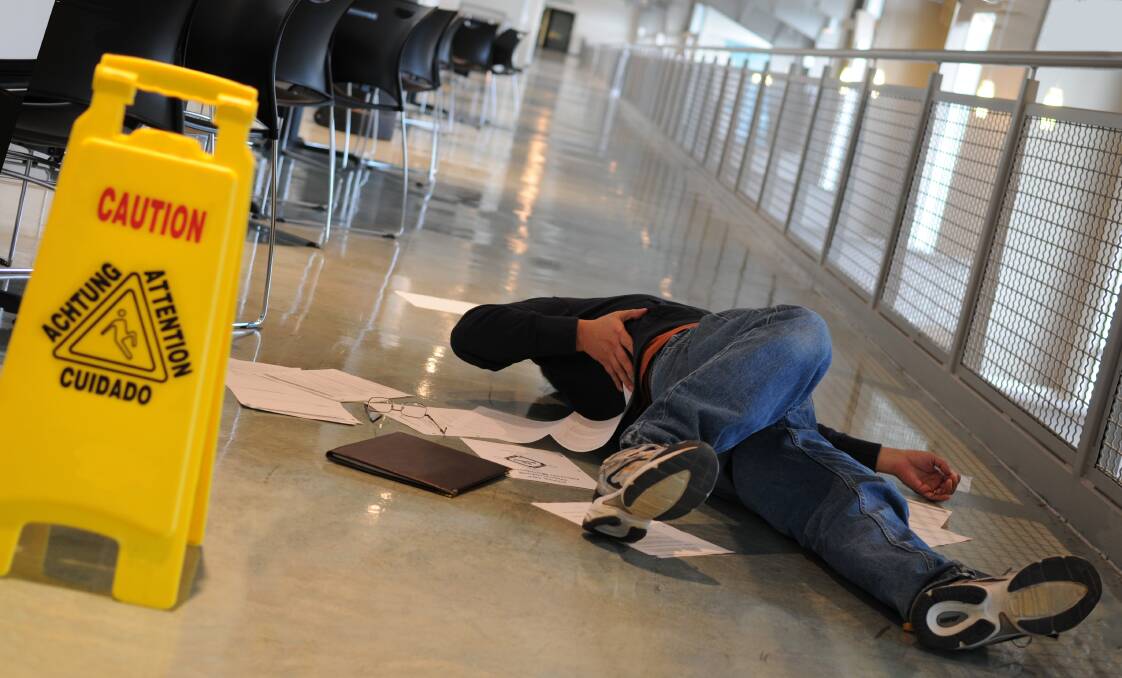A guide to personal injury claim payouts

This is branded content.
The Australian Institute of Health and Welfare (AIHW) recorded that the country spent AUD$8.9 billion on treating injuries during the 2019-20 calendar year.
These include more than 527,000 hospital cases, resulting in an average cost per case of almost AUD$17,000. That accounts for a third of the yearly median personal income of Australians.
In other words, getting hurt is a costly expense but an inevitability of life. The cost doesn't only include medical fees but also loss of income, property damage and funeral costs (if it results in death).
So it's no surprise that Australians quickly file personal injury claims. These claims are often filed with the help of personal injury lawyers for Melbourne residents.
This guide will explain everything you need to know about personal injury claim payouts and the process for filing within Victoria.
Compensation programs in Victoria
The state government's compensation system consists of three programs. The first and perhaps the longest-serving is the Wrongs Act 1958, the primary law concerned with compensation for personal injuries caused by anything other than road and work-related accidents (more on these later). Eligible cases include slips and falls in public places and harm due to medical treatment.
The act entitles the victim to economic and non-economic compensation if there's evidence of negligence causing their injury, subject to limitations. For recovery from non-economic loss, the victim must meet the threshold for their injury to constitute a "significant injury." Section 28LB defines the threshold as:
- impairment of 5 per cent and above for spinal injury,
- impairment of 10 per cent and above for psychiatric injury or
- impairment of over 5 per cent for other types of injury.
In 1986, the government established another program exclusively for transport-related accidents, giving rise to the Transport Accident Act 1986. The Transport Accident Commission facilitates claims for road, rail, and tram mishaps.
Lastly, the Workplace Injury Rehabilitation and Compensation Act 2013 sanctioned a program solely for managing claims resulting from work-related injuries. It amends earlier related acts, with claims management falling under the jurisdiction of WorkSafe Victoria.

Medical assessment
Determining the degree of impairment stated above is a job for a registered health practitioner. Section 28LB of the Wrongs Act defines one that qualifies for this task in two aspects:
- A medical practitioner registered under the Health Practitioner Regulation National Law
- Any professional registered under the Health Practitioner Regulation National Law that practices the following: Chinese medicine, chiropractic, dentistry, occupational therapy, optometry, osteopathy, physiotherapy, podiatry, and psychology (students aren't eligible)
These practitioners issue Certificates of Assessment that state whether or not a victim's claim meets the threshold. Suppose the victim has reservations about the assessment.
In that case, they can refer it to a medical panel (organised as per the Workplace Injury Rehabilitation and Compensation Act 2013). The panel has the right to ask questions and require documentation.
Compensation caps and minimums
There's no exact figure of how much compensation a victim can receive, given the numerous factors claims assessment have to consider. However, the state government sets an upper limit for the possible payout. Below are the current compensation ranges:
- Pain and suffering for workplace injury: AUD$63,510 to AUD$644,640
- Economic loss for workplace injury: AUD$65,760 to AUD$1,480,660
- Pain and suffering for transport accidents: AUD$57,690 to AUD$577,280
- Economic loss for transport accidents: AUD$1,298,980 (no specified minimum)
- Pain and suffering for public liability: AUD$644,640 (no specified minimum)
- Economic loss for public liability: AUD$3,850.20 weekly (no specified minimum)
It isn't uncommon for courts to reduce claims over the cap and not award a single cent to claims below the minimum. A claim as big as AUD$2 million will even face scrutiny in the courtroom and lose without proper records and legal assistance.
Despite these limitations, legal experts often advise their clients against quickly accepting any settlement offers directly from the other party. Even if it guarantees a payout, especially when the claims are below the minimum, such arrangements usually don't disclose how the offering party came up with the amount.
The idea of filing a personal injury claim is to get as much payout as possible to pay for post-treatment expenses, medical or otherwise. Therefore, discussing these matters with a lawyer is crucial to avoid being shortchanged on life-sustaining finances.
Conclusion
Nobody wants to break a limb or suffer from anxiety disorder from an accident, but staying safe isn't always a guarantee. It's why contingencies like the state government's injury compensation program exist, granting finances for when a person can't make a living.
But to get the highest possible payout from the incident, hiring legal professionals to take the case can be a big help.
References
AIHW. "Injury in Australia." Australian Institute of Health and Welfare, June 16, 2022.
Department of Justice and Community Safety. "Compensation for Personal Injury."
Polaris Lawyers. "What Is the Maximum Compensation I Can Receive for My Personal Injury Claim?" July 20, 2021.
Victorian Current Acts. "Wrongs Act 1958 - Sect 28lb."


